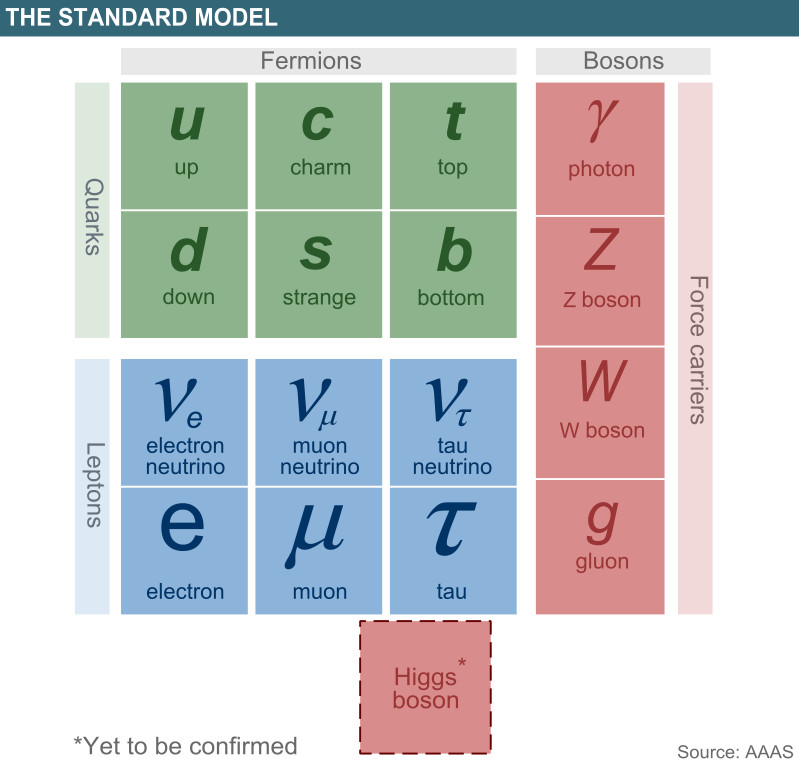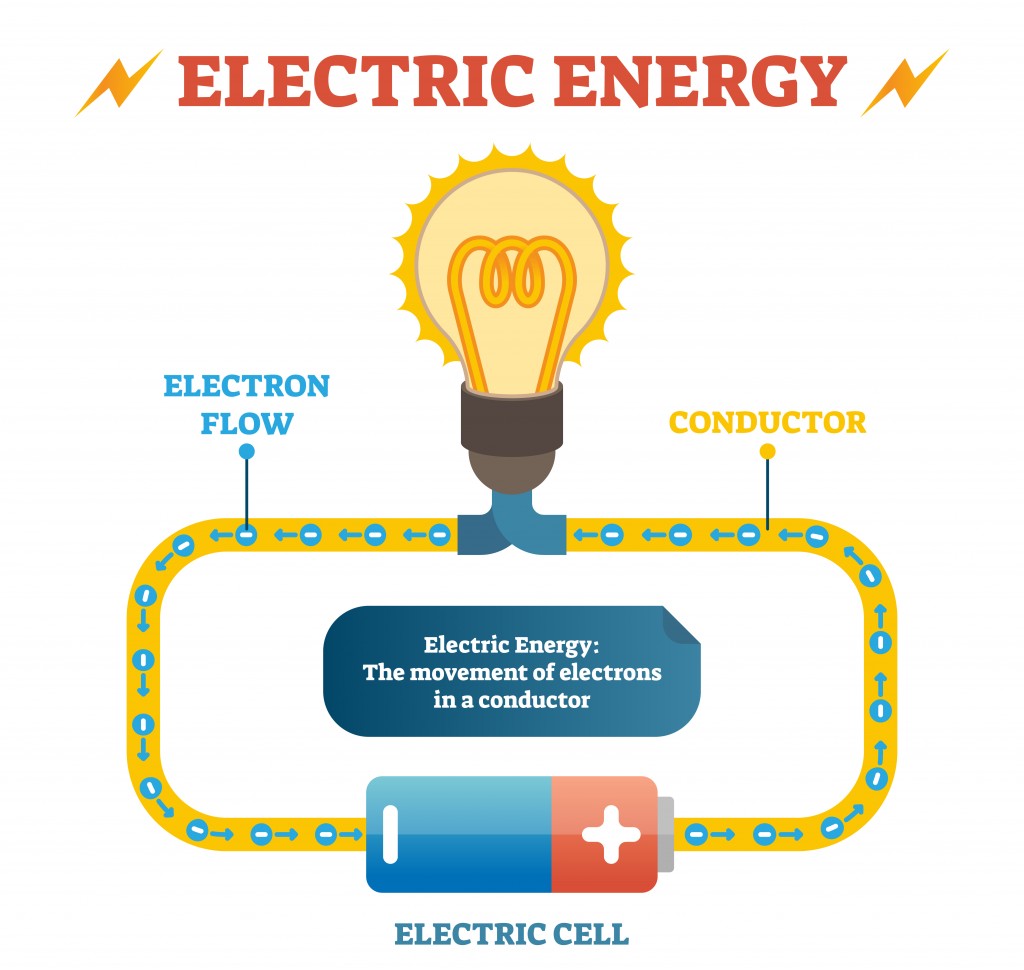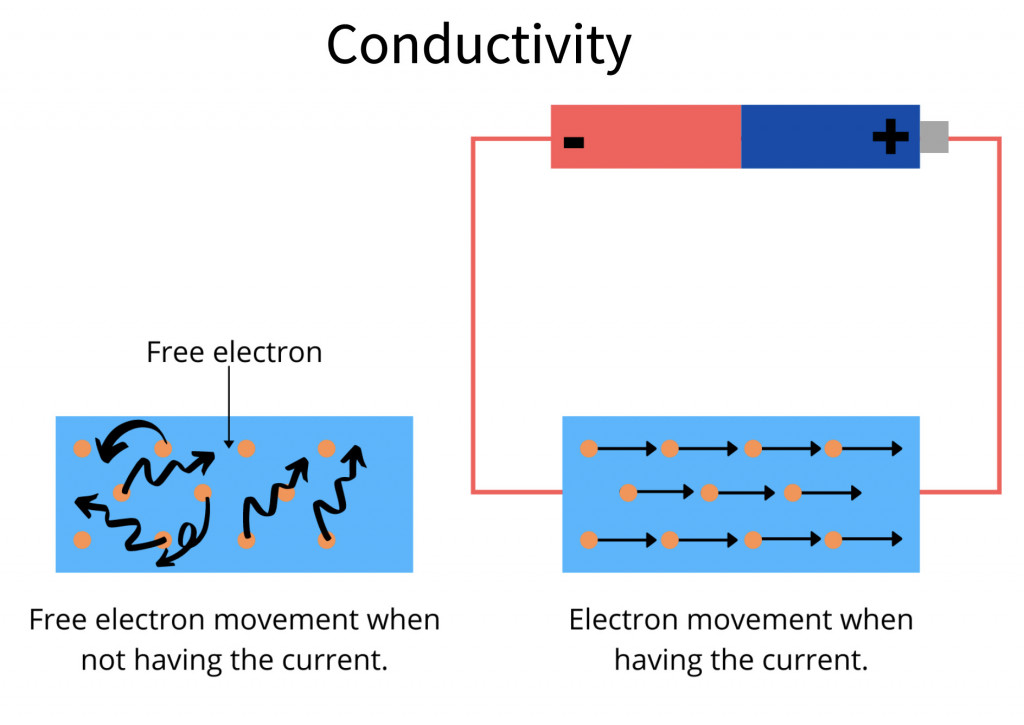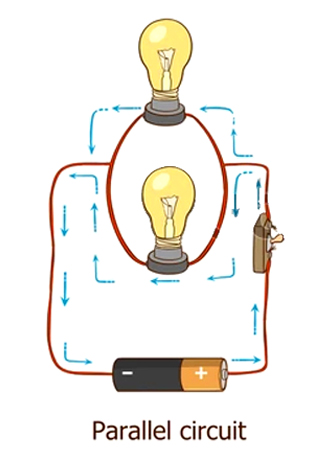Table of Contents (click to expand)
When a switch is turned on, a path with higher resistance offers more opposition to the flow of electrons, as compared to a path with lower resistance.
Consider the scenario where you’re in a crowded McDonald’s, waiting your turn to place an order. Would you wait in line with slower service for your takeaway order, or would you take the line with faster service?

In all probabilities, you’ll take the line that seems to be moving faster, i.e., the path of least resistance. Something similar also happens with electrons flowing through wires. Even though the answer may seem obvious, the mechanism of electron flow to take the path of least resistance is somewhat more complex.
What Is An Electron?
School taught us that atoms are the building blocks of all matter. An atom consists of smaller particles called subatomic particles. An electron is a class of elementary subatomic particles called leptons. Leptons are elementary because they’re not composed of smaller sub-particles.

Let’s establish a few fundamental laws about electrons:
- All electrons are identical.
- Electrons carry a negative charge (-1.602×10-19 C).
- Electrons repel each other.
- Electrons move at nearly the speed of light, i.e., 300,000 km/s.(Imagine traveling around the equator 7 times in a single second!)
What Is Electric Current?
The flow of charge per unit of time is called electric current.

All electrical appliances, like tube lights, air conditioners, geysers, etc., have charges flowing through the wires inside them when turned on. In an ideal world, those charges could flow through the path ahead of them without any obstruction, but nature thought otherwise…Let’s assume we have a wire that opposes the flow of charges through it. Such a wire is said to have a resistance R.
Also Read: How Does Electricity Kill?
Is It Time To Make Nature Obey Man?
Notice that the direction of current flow is opposite to the direction of electron flow. To make electrons flow, connect the opposite ends of a wire to a battery. A potential difference develops at the opposite ends. Potential Difference explains how far a particle is from an energetically stable state. All particles tend to reach their most energetically stable state, i.e., possess the lowest energy possible within their surroundings (movement from a state of high potential to one of low potential.) Inside a wire unconnected to a battery, some electrons are bound to atoms and cannot move. Still, some free electrons move in random directions. This situation is analogous to a crowded restaurant where some people are seated and don’t move, while those who are standing walk in random directions inside the restaurant.

When a battery is connected, a potential difference exists across the opposite ends of the wire (or in our metaphor, the takeaway counter opens and those who are waiting start forming lines), which has the following consequences:
- The electrons at the end connected to the negative terminal of the battery experience a repelling force from the terminal, pushing towards the wire away from the battery.
- The electrons at the end connected to the positive terminal experience an attracting force towards the terminal, pulling away from the wire towards the battery.
- The electrons in the middle are pushed ahead by the electrons behind them and pushed back by the electrons in front.
- The net effect of the above is that an organized, directional flow of electrons begins from the negative end to the positive end.
- The obstruction offered to this flow is the resistance of the wire.

Let two wires, A and B, be connected to the same battery. Also, let Ra be the resistance of A and Rb be the resistance of B and assume that Ra > Rb.Can you guess which wire will allow a greater number of electrons to flow, given that both the wires’ physical dimensions (length and width) are the same? The answer is B, but let’s try to understand the mechanism for greater clarity.
Also Read: Why Are Batteries Lined Up Next To One Another In Opposite Directions?
Mechanism
When the switch is turned on, electrons in both the wires connected to the negative terminal flow away from the terminal into the wires, but A offers more opposition to the flow of electrons than B. Thus, electrons in B flow more easily than in A. This is analogous to the McDonalds line with faster service. Gradually, more people will notice that B has faster servicing time than A and will therefore enter line B.Similarly, at the positive terminal, the electrons in B move more easily into the battery and away from the wire than in A.Electrons inside the battery at the negative terminal have a choice to enter either A or B. Since the opposition to flow is less in B than in A, more electrons flow through B than A for a fixed duration. This build-up of electron flow inside B continues till it can accommodate no more free electrons. Thus, a steady-state is established(called equilibrium). This equilibrium is maintained until the power supply is connected. Once the supply is removed, the electrons go back to their aimless wandering (people scrambling away in different directions once the restaurant closes).
Conclusion
It’s fascinating that electrons are contained in all matter around us. It also seems a bit more plausible that similarities exist between humans and electrons that were previously unknown. Choosing the path of least resistance may come naturally to electrons, but it’s also a practice that humans should also embrace!
How well do you understand the article above!

